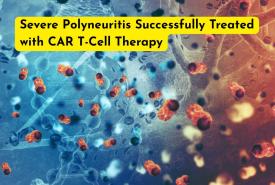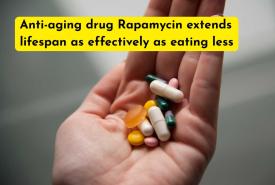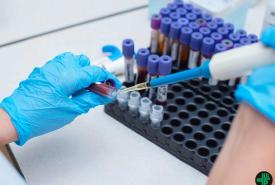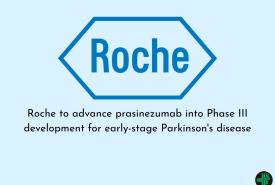Lilly's once-weekly insulin efsitora alfa demonstrated A1C reduction and a safety profile consistent with daily insulin in multiple Phase 3 trials
Eli Lilly and Company announced detailed results from QWINT-1, QWINT-3, and QWINT-4 Phase 3 clinical trials evaluating the safety and efficacy of investigational once-weekly insulin efsitora alfa (efsitora) in adults with type 2 diabetes


















